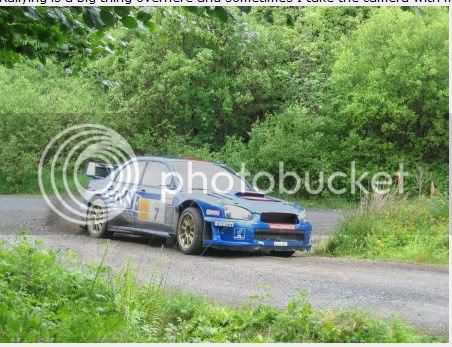- Joined
- 7 Aug 2003
- Messages
- 8,031
- Reaction score
- 1,440
I've had a Canon A80 Powershot 4 meg for a few years now and generally happy with it. Rallying is a big thing overhere and sometimes I take the camera with me.

As you can see I'm getting "whiteout" on the windows and some of the bodywork. Does not happen all the time. Is this caused by the weather, bright sky, angle of shot, by the bloke holding the thing, or settings on the camera? Perhaps somebody could help (don't be too technical...)?
TIA
Noel

As you can see I'm getting "whiteout" on the windows and some of the bodywork. Does not happen all the time. Is this caused by the weather, bright sky, angle of shot, by the bloke holding the thing, or settings on the camera? Perhaps somebody could help (don't be too technical...)?
TIA
Noel

































